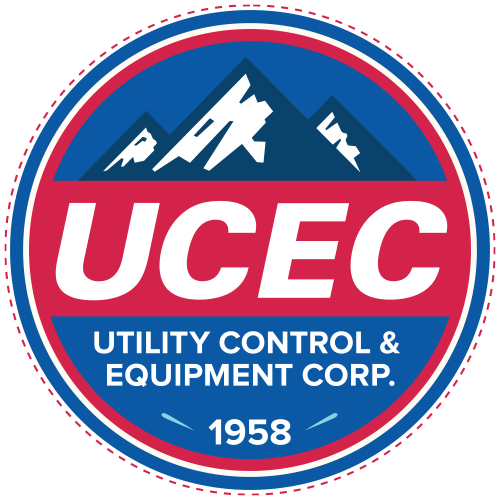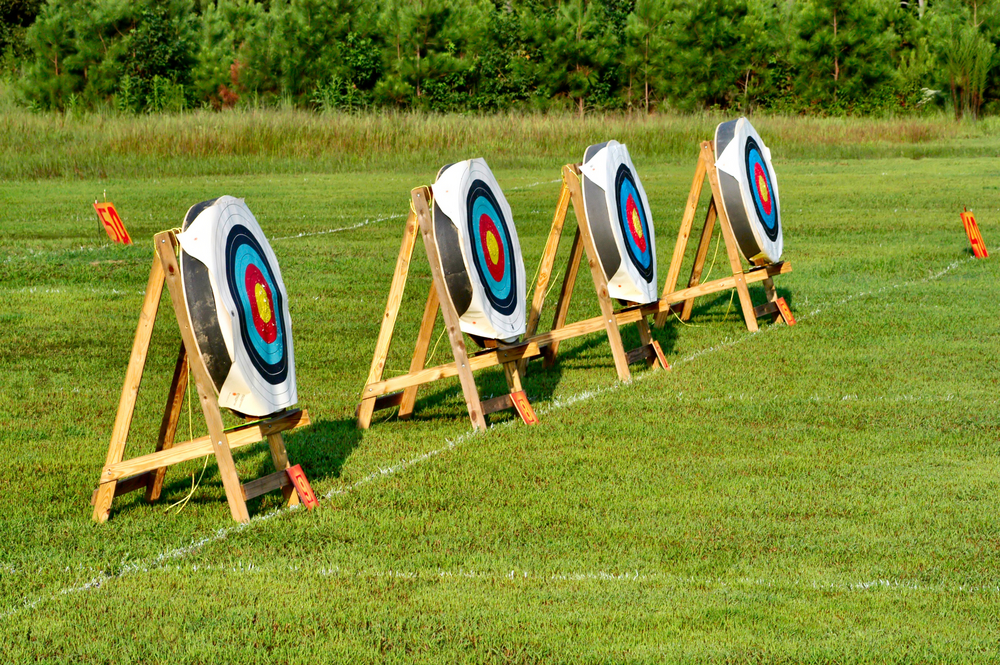Compound vs. Recurve
My son has taken up an interest in archery. Makeshift “bows and arrows” have been popping up all over our home and yard. I recently inquired with a college friend, Shane, who is an avid outdoorsman and mechanical engineer, as to what type of bow I should start my son’s archery adventures with.
I told him that I was thinking of a “traditional” recurve, from Robin Hood fame. I thought that going to the “basic” set-up that most of us encountered in gym class long ago would be the way to go. My friend Shane posited the opposite thought: “Get a compound,” he said.
Shane proceeded to tell me that a compound, although a bit harder to pull back initially, overcomes resistance later in the pull, and allows the shooter “to rest and regain the aim on their target” as the tension is transferred to the bow's mechanism, and not to the shooter’s body. With a traditional bow, one has to keep “tension throughout, and try to focus with this tension and still try to aim." He told me that the compound bow was way more enjoyable and easier to shoot, and that the success with the compound would be immediate. The learning curve is far easier, and then when my son gets older and wants a challenge, he can move to a recurve.
What does this have to do with business? I think maybe most businesses feel that everyone needs to be “old school” and follow traditional processes. But I think that people and processes need to be tried and proven over and over. What if the “new” way allows us to hit a “sweet spot” earlier so we can have more time to focus or aim better on our customer’s projects?
At UCEC, our goal is to look at things differently, whether it is technology in the shop or technology in accounting. Sometimes the “new” needs to be taught before the “old” can be learned.
Mark is President and CEO of UCEC.


